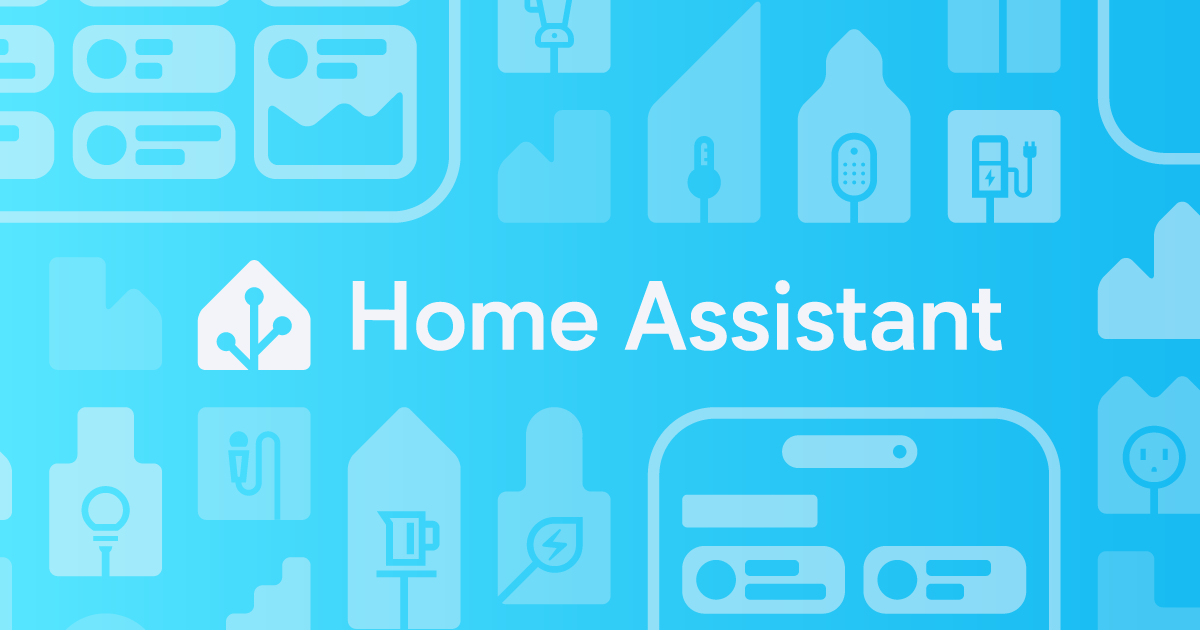Just a reminder for any HA users on here to test your backups!

Short(ish) story - I overwrote one of my esphome files, so went to my last night backup (mine are daily) to retrieve the file and after downloading the full backup I realised it was corrupt. Downloaded one from a few days ago and that was corrupted too, even going back a few months - all corrupted.
My daily backups are around 8Gb in size - which is quite a whopper. I knew my influxDB was getting big, so I was suspecting that was causing the backups to be corrupted.
I have two main users for influxDB, Home Assistant and Glances - which is an addon to monitor the system. After extracting the database, it had grown to a whopper of 20Gb, Glances was using about 11Gb and HA about 8.5Gb. I've been running HA for probably close to 4 years now, and by default influxDB is set up for infinite retention. I'm not interested in what my CPU was doing 3 years ago, so I've now set the retention period for Glances down to 7 days.
Now my monster task is to clear out a lot of the HA data - I don't want to nuke it all like Glances. I'll start by setting the retention period to 2 years and then start to look at what data I'm logging from devices/sensors that aren't useful.
So yeah, don't assume just because you're doing frequent backups, that they're all good.










